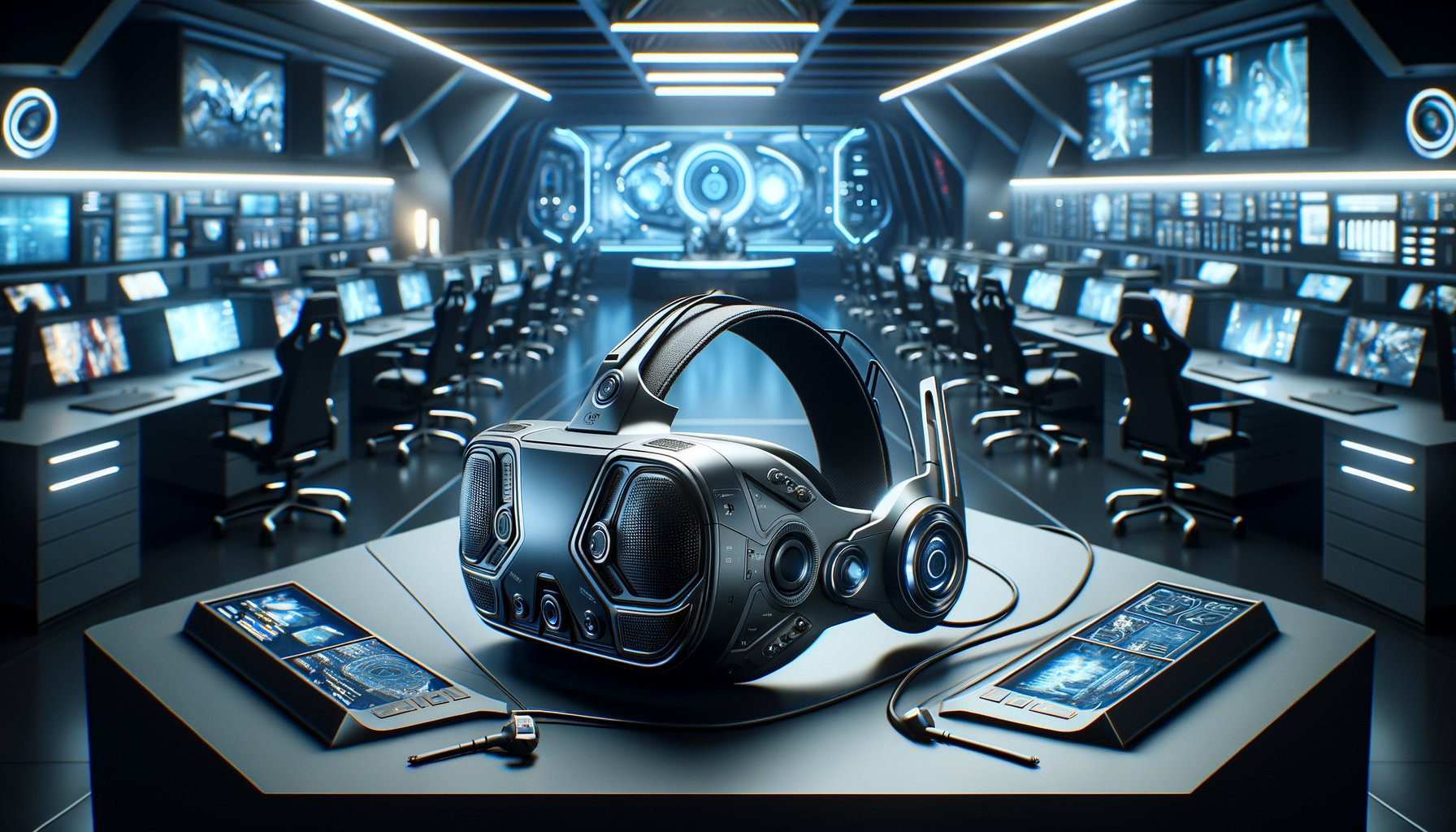Exploring the Future of Gaming: New Technology Like Nerve Gear in SAO
Introduction
Virtual reality (VR) has revolutionized the gaming landscape, paving the way for experiences that were once confined to the realms of science fiction. One of the most captivating ideas, inspired by the anime “Sword Art Online” (SAO), is the “Nerve Gear” device, an ultimate dream for gamers yearning for complete immersion. This article delves deep into the state-of-the-art advancements in VR gaming technologies that mirror the fantastical Nerve Gear in SAO.
Table of Contents
- What is Nerve Gear?
- Current State of VR Gaming
- Emerging Nerve Gear-like Technologies
- Challenges and Future Prospects
- Conclusion
What is Nerve Gear?
Nerve Gear is a concept introduced in the anime “Sword Art Online,” a device that transcends conventional gaming by allowing players to immerse fully in a virtual world through direct manipulation of their senses. It intercepts nerve signals to deliver a truly immersive gaming experience. Although today’s technology has not yet reached this level, recent advancements are setting the groundwork for achieving such a remarkable vision.
Current State of VR Gaming
Virtual reality gaming has witnessed unprecedented growth, bringing with it devices that have become essential for any avid gamer. Platforms like Oculus Quest, HTC Vive, and PlayStation VR have transformed the way we experience digital worlds. Key attributes of these devices include:
- Immersive Visuals: High-resolution screens provide images so detailed and vivid that they blur the line between the virtual and the real.
- Spatial Audio: Cutting-edge audio technologies deliver sound with such precision that it enhances the sense of being within the game world.
- Hand Tracking: Sophisticated sensors track hand movements, enabling interactive and intuitive gameplay.
Emerging Nerve Gear-like Technologies
Brain-Computer Interfaces (BCIs)
BCIs represent one of the most exciting advancements towards achieving SAO-like immersion. By establishing a direct link between the brain and external devices, BCIs hold the promise of transforming how we interact with digital environments.
- Neuralink: Founded by tech visionary Elon Musk, Neuralink is pioneering the development of implantable devices that facilitate seamless brain-machine interactions.
- Facebook Reality Labs: In pursuit of more user-friendly options, Facebook Reality Labs is working on non-invasive BCIs designed to democratize access to advanced VR experiences.
Haptic Feedback Systems
Haptic feedback technology aims to recreate the sense of touch within a digital context, enhancing the realism of virtual interactions.
- Teslasuit: This full-body haptic suit offers unparalleled tactile feedback and motion capture, enabling users to feel and interact with the virtual environment as if it were real.
- bHaptics: Specializing in a diverse range of haptic devices, bHaptics offers products like vests, gloves, and armbands, each designed to heighten the sense of touch within VR scenarios.
Sensory Augmentation
Sensory augmentation technologies strive to enhance our natural senses, pushing the boundaries of virtual immersion.
- Feelreal Mask: This innovative mask introduces the additional dimensions of smell and tactile feedback to VR, making virtual experiences more multi-sensory.
- KAT Walk C2: An omnidirectional treadmill that simulates physical movement within VR, allowing users to walk, run, and perform other actions within the digital landscape, amplifying the sense of presence.
Challenges and Future Prospects
Despite astounding advancements, several challenges must be addressed:
- Safety Concerns: Ensuring user safety, especially concerning invasive technologies like BCIs, remains a primary concern.
- Ethical Implications: The ethical ramifications of direct brain manipulation cannot be ignored and must be carefully managed.
- Technical Limitations: Overcoming the inherent technical constraints, such as latency and accuracy, is critical to realizing fully immersive experiences.
Nevertheless, the brightest prospects for VR and immersive gaming lie ahead. Continuous technological innovation, combined with increasing interest and investment, will likely propel us towards achieving the Nerve Gear-inspired dream.
Conclusion
The allure of fully immersive gaming experiences, reminiscent of Nerve Gear from SAO, is inching closer to reality through groundbreaking technologies like BCIs, haptic feedback systems, and sensory augmentation. Tackling associated challenges and addressing ethical concerns will be pivotal for these innovations to gain widespread acceptance. Stay tuned as we continue to traverse the fascinating path towards the future of virtual reality gaming.
Remember to follow our blog for more insights and updates on cutting-edge gaming technology. If you enjoyed this article, feel free to share it with fellow enthusiasts!





Leave a Reply